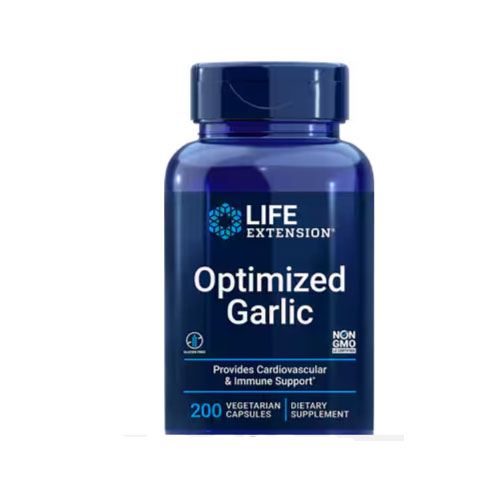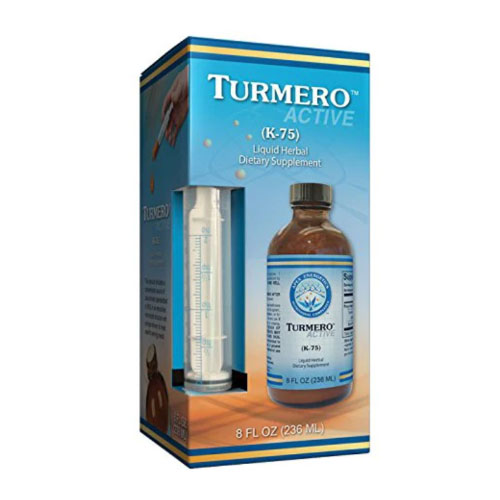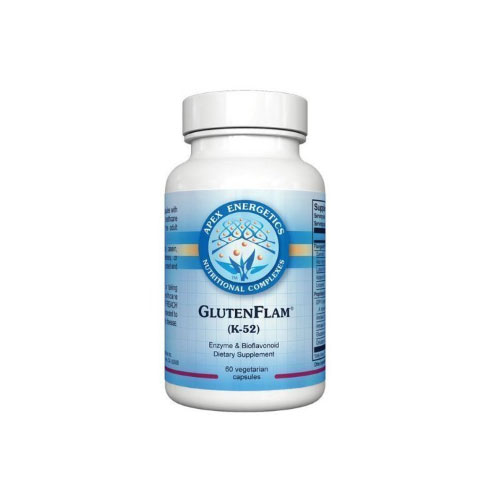By any measure, Steph was a gem. A Holocaust survivor, mother, business women, she ran a successful knitting business in the ’60s, had her own TV show, and authored more than 20 knitting manuals. Steph embodied the American dream. She took care of herself, walked a mile a day, rain or shine, well into her seventies, never smoked, and drank one glass of white zinfandel on Saturday nights. She never, ever had dessert.
Still in business in her mid-eighties, and still walking every day, Steph’s eyesight began to fail. “Macular degeneration,” a chronic condition affecting the central part of her eye, resulting in distortion her vision, was the verdict. The remedy, as there was no “cure,” was an injection into the retina.
Right before the injection, Steph complained of a cough. A chest x-ray revealed news of the worst kind, “lung cancer.” Along with the dreaded “C” word came the equally dreaded “M, metastasized” word. Steph’s cancer had spread to her liver, backbone, and brain.
How her lung cancer developed is not a mystery. Weekly, Steph spent hours in the smoke-filled casinos of Atlantic City. How it spread, and silently at that, was a puzzle. The generally accepted theory of metastasizing cancer is, malignant cells entering the blood or lymphatic systems and traveling to the environmentally friendly organs—the liver, bone, and brain.
In 2007, Swedish researcher Jan Lötvall, from the University of Gothenburg, changed that view completely. He discovered tiny, 30-100nm in size, cells called, “exosomes,” whose existence was known for at least 50 years, but given little thought, as they were considered cellular waste vehicles, were, in fact, messenger cells. These “messengers” deliver DNA, RNA, and proteins to other cells, thereby altering the function genetic composition of the receiving cells.1-2/
As an acupuncturist, I frequently joke that if I can do good with acupuncture, I can also go to the “dark” side and do harm. Similarly, in the world of exosomes, forward-thinking researchers deduced, correctly, that if these tiny pods of cellular instruction can produce the destruction of metastatic cancer, they may be useful to restore health and vitality. In other words, if this molecular messenger system could be hijacked to do good rather than evil, perhaps we have hit upon the “Holy Grail” of restorative medicine. Perhaps we could ferry drugs, and nutrients, into cells in parts of the body especially hard to reach.
In 2012, researchers at Boston’s Children’s Hospital successfully treated lung damaged mice with exosomes derived from mesenchymal stem cells. Human trials are underway in premature newborns, those with immature lung function.3
So what is the difference between stem cells and exosomes? Stem cells are immature cells able to make other blood cells that mature and function as needed. Adult stem cells, generally, are derived from bone marrow, while embryonic or mesenchymal stem cells come from the placenta.
The issue with stem cells is they may contain inflammatory proteins, called cytokines, the donor’s genetic material, and the donor’s blood type. Any or all of these issues may cause the body to reject stem cells.
Exosomes are the progeny of stem cells. Derived from the same base material, placental tissue, they are filtered of the above-mentioned inflammatory agents, blood type, and donor DNA. Regularly screened for hepatitis and HIV, exosomes are obtained from willing donors.
To date, exosomes’ most successful trials are in joint rehabilitation, ischemic and coronary artery disease, hypertension, peripheral vascular disease, stroke, and traumatic brain injury. They target multiple cell types as they “morph” into the properties of the donor cell.
Clinically exosomes are frequently combined with platelet-rich plasma, for facial rejuvenation, hair and joint restoration, vaginal atrophy and erectile dysfunction, and intravenously for a global effect.5
If you would like more information about advanced non-surgical regenerative medicine and facial rejuvenation techniques or are curious about bioidentical hormone replacement, please call us at 775-359-1222 or email us at doctrbil9@gmail.com.
REFERENCES:
- Hildreth, Cade, “What Are Exosomes?,” Bioinformant, https://bioinformant.com/what-are-exosomes/, August 5, 2018
- Lötvall, J. et. Al. “Exosome-mediated transfer of mRNAs and microRNAs is a novel mechanism of genetic exchange between cells. “ Nat. Cell Biol. 2007, DOI: 10.1038/ncb1596).
- Willis, GR, et. Al., Mesenchymal Stromal Cell Exosomes Ameliorate Experimental Bronchopulmonary Dysplasia and Restore Lung Function through Macrophage Immunomodulation.” Am. J. Respir. Crit. Care Med. 2017, DOI: 10.1164/rccm.201705-0925oc
- Clearfield, W., “Introducing the Vampire Techniques,” Healthy Beginnings Magazine, August 1, 2016. https://hbmag.wpengine.com/introducing-vampire/
- http://debuglies.com/2018/11/12/exosomes-could-be-used-to-transfer-inhaled-packets-of-therapeutics-to-cells-along-the-upper-airway/






